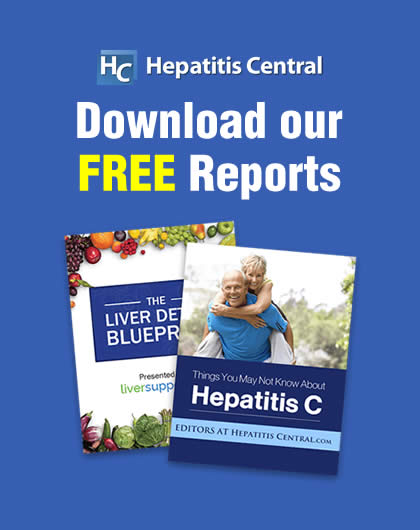Two Modes of Action Explains Daclatasvir’s Potency
New Study On Hepatitis C Drug Treatment in Vivo and in Vitro
Feb. 18, 2013 — Hepatitis C virus (HCV) infection affects about 4 million in the United States and is the primary cause of liver cirrhosis and liver cancer. Current therapy against HCV is suboptimal. Daclatasvir, a direct acting antiviral (DAA) agent in development for the treatment of HCV, targets one of the HCV proteins (i.e., NS5A) and causes the fastest viral decline (within 12 hours of treatment) ever seen with anti-HCV drugs. An interdisciplinary effort by mathematical modelers, clinicians and molecular virologists has revealed that daclatasvir has two main modes of action against HCV and also yields a new, more accurate estimate of the HCV half-life.
Results of the NS5A study are published in the Proceedings of the National Academy of Sciences (PNAS) on February 18th, 2013.
Continue reading this entire article:
http://www.sciencedaily.com/releases/2013/02/130218164128.htm








7 Comments
It works very fast. I’m in a study group with Bristol Myers HCV all oral medicines. Before the Daclatasvir and the two other drugs my viral load was 5 million. Five hours later after the meds it was down to 363 thousand. Today, day 34 I’m undetectable. Lets see if I stay undetectable when the meds are stopped on April 23, 2013.
Wow Kevin…that’s great! It’s amazing in fact! I don’t know much about this drug..or this study. It this an interferon-based treatment? I hope not! As a recipient of 2 failed treatments, I’m not a candidate for any interferon-based treatments.
I’m also wondering…what were the side effects of this medication? This is very exciting indeed!!
Pam L
Maine11
i had no side effects from daclatasvir + asunaprevir. only interferon and ribavirin make the problems.
Woww!! Good luck Kevin, keeping faith! from Brasil.
Thank you Kevin for your hopeful information. It is indeed a great news for every one of us suffering from HCV. But the question lies, how ling will it take to bring the medicine to the market? and will it be affordable unlike those Interferron and Rabi based?
This is interesting and very hopeful. I just hope it doesn’t turn out like the previous meds. I relapsed 11 years after a sustained viral response with ribavirin and interferon.
hello from germany, sorry for my english. i finished my study in januar 2013 with daclatasvir, asunaprevir, interferon and ribavirin. the results after 4 weeks end of treatment –> hcv undetected !!!